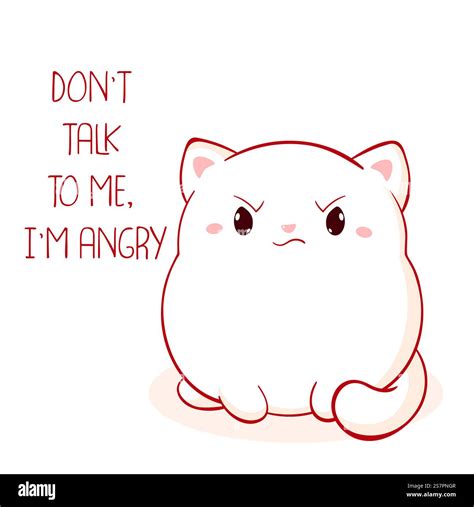In the pursuit of sartorial perfection, many men are taught the cardinal rule: your belt and shoes must match. While this guideline serves as an excellent starting point, an overzealous interpretation can lead to a common pitfall that often hinders, rather than enhances, a man’s overall look. The mistake lies in the relentless pursuit of an *exact*, identical color match, often overlooking the nuances of leather itself.
The Elusive Search for Identical Twins
The primary pitfall men encounter is the belief that ‘matching’ means finding a belt and shoes that are precisely the same shade of brown, black, or any other color. They might spend hours searching for a belt that is an absolute twin to their new pair of Oxfords, only to be met with frustration. This quest for identicality is often futile and, surprisingly, can even look less polished than a more thoughtful approach.

Why Exact Matching Is Often a Trap
Leather is a natural material, and like all natural materials, it possesses inherent variations. Dyes react differently to various hides, and even the same dye batch can result in subtle differences. Furthermore, different tanning processes, finishes (matte, polished, pebbled, suede), and even the age of the leather can significantly alter its appearance. Expecting a belt made by one manufacturer to perfectly match shoes from another, especially given these variables, is unrealistic. When an outfit features two items that are almost identical but not quite, the slight discrepancy can become glaringly obvious and look like a failed attempt at perfection rather than a deliberate, harmonious choice.

The Art of Harmonious Coordination: Avoiding the Pitfall
The solution lies in shifting your mindset from ‘matching’ to ‘coordinating.’ Instead of striving for an identical twin, aim for complementary siblings. This approach allows for a much broader range of options and often results in a more sophisticated and natural aesthetic.
Practical Tips for Perfect Coordination:
- Focus on Color Family and Tone: Instead of the exact same color, choose items within the same color family and similar tone. For example, a dark brown belt with dark brown shoes, or a medium tan belt with medium tan shoes. A belt that is a shade lighter or darker than your shoes often creates visual depth and interest.
- Consider Texture and Finish: This is a crucial, yet often overlooked, aspect. A highly polished calfskin shoe pairs best with a sleek, polished leather belt. Conversely, a casual suede chukka boot would look more appropriate with a suede belt or one with a more textured, matte finish. Mixing vastly different textures (e.g., patent leather shoes with a rugged, distressed leather belt) can look jarring.
- Warmth and Coolness: Pay attention to the undertones of the leather. Some browns lean reddish (warm), while others might have a grayish tint (cool). Try to keep warm tones with warm tones, and cool tones with cool tones, even if the colors aren’t identical.
- When in Doubt, Go Darker (Slightly): If you’re unsure, a belt that is slightly darker than your shoes is generally a safer and more classic choice, particularly for brown leathers.
- Embrace the Black and Brown Rule: Black shoes require a black belt. Period. This is one instance where the rule remains rigid. For other colors, coordination is key.

Beyond the Traditional
While the ‘match your belt and shoes’ rule is a cornerstone of classic menswear, modern style allows for more flexibility, especially in casual settings. For instance, a canvas belt can pair perfectly with canvas sneakers, even if the colors aren’t an exact match. Braided leather belts can offer a textured alternative to smooth leather, provided they maintain a similar color tone to your footwear.
Ultimately, the goal is to create a cohesive and deliberate look, not to trick the eye into thinking your accessories were cut from the same piece of hide. By understanding the nuances of leather and embracing coordination over identicality, men can elevate their style with confidence and avoid the frustrating pitfall of the ‘perfect’ match.





